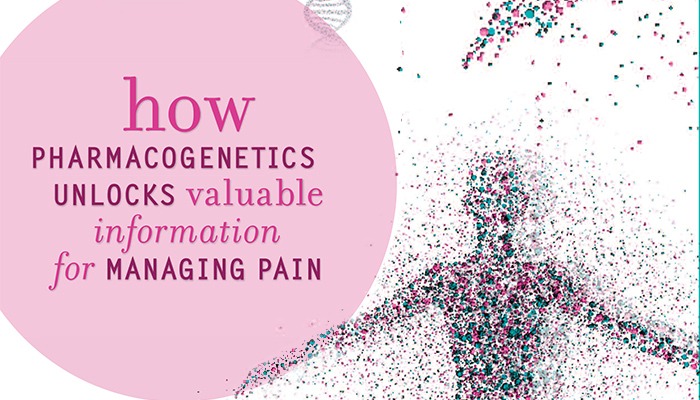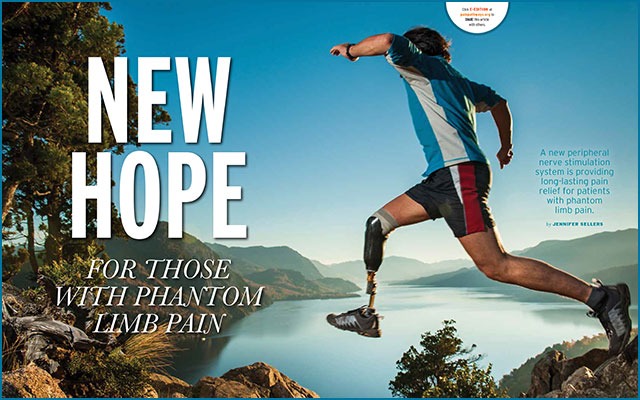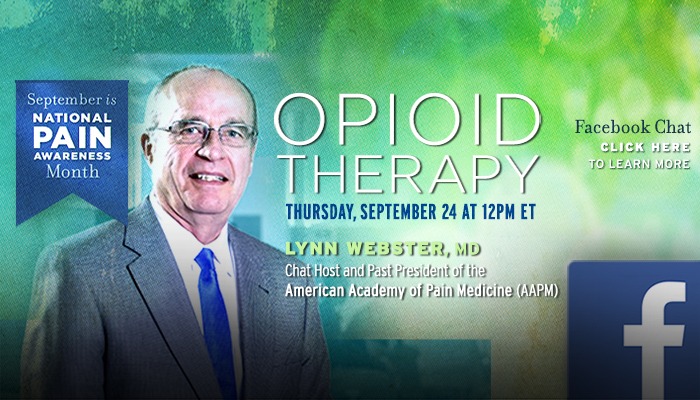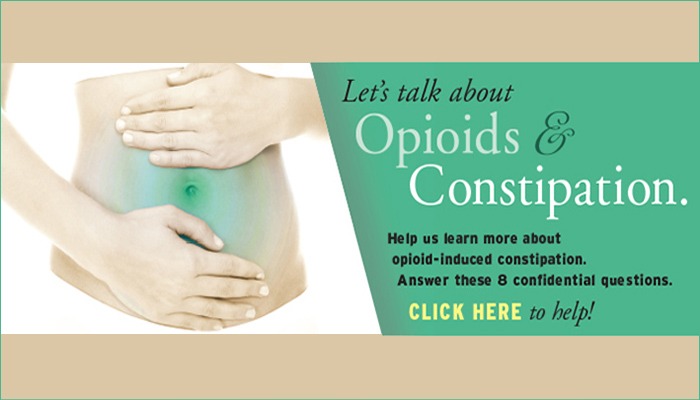Raiders of the Lost Art: Medicine in the Digital Ice Age

Walk into any coffee shop or other public gathering place and what do you see? If your neighborhood is like mine, you probably stumble onto lots of people looking down at their digital devices of choice, tapping away. It’s even commonplace to see couples, old and young alike, spending more time viewing their smartphones than making eye contact and speaking with each other.
Yes, technology has changed the way we interact and connect with others, but that doesn’t mean it changes our basic fundamental human need for social bonding; rather, technology shifts the way we go about doing that, in remarkable ways. With the swipe of a finger, you can land a date with someone you have never met, order pizza, or read reviews about where to find the tastiest Cajun gumbo.
While technology makes a lot of things happen quicker, easier, and more efficiently, it is amazing how much it now seems to slog down the practice of medicine into a less fulfilling and user-unfriendly version of itself. Most doctors nowadays are using electronic health records (EHR), which is a huge shift from several years ago when old school paper charts still dominated most offices. Along with the inclusion of the EHR into our lives have come tighter regulations for how the medical records are recorded, the hunger for big data, and the insertion of what I will call “The Device” meaning computers, laptops, and tablets that now populate exam rooms.
When you take this new paradigm and add the fact that doctors are under increased pressure to condense appointment times and see more patients, then you start to see a picture of the practice of medicine becoming more about punching the right keys on the tablet to move on to the next appointment and less about providing empathy, meaningful dialogue, and quality time with the patient. The dynamics of how doctors and patients interact has become unwittingly unglued by virtue of the addition of EHR along with its partner, “The Device.”
Doctors have universally voiced their displeasure over this intrusion into their once sacred work environment (just take a peek at this music video by ZDoggMD), and from what I gather, patients don’t like it much either. When “The Device” becomes the third wheel in the doctor/patient relationship, this diverts the doctor’s eye contact and mental concentration away from the patient and toward “The Device” that keeps gobbling up more and more data and begging for more of the doctor’s engagement to click more boxes. This loss of eye contact diminishes the chance for bonding between the patient and doctor, leaving the patient feeling less understood, overlooked, and discounted in the whole process. At the same time, the doctor runs the risk of missing important visual cues (and verbal if they are distracted) from the patient that could help with assessment and better treatment.
RELATED: Ten Techniques to Help Improve the Relationship With Your Doctor
This shift toward big data sucking electronic record keeping leads us to the fundamental problem that tech geeks, business executives, and government regulators don’t seem to get, which is the practice of medicine is more about stories and the act of storytelling than it is plotting numbers and clicking boxes. Every patient’s disease, ailment, and symptom have an important story behind them. The first thing they want to do when they see their doctor is to tell their story, and the first thing their physician should do is listen to the story with their undivided attention. The report generated from that encounter should encapsulate that narrative, with all the drama of a Greek tragedy, along with how the medical decision making connects that story with the appropriate science needed to create the art of healing.
Suppose you never saw me before and needed to spot me in a crowd, and I gave you all my key facts: height, weight, and color of my skin, eyes and hair. Seeing that I’m 5 ft. 10 in., 162 lb. Caucasian, with brown hair and brown eyes, my guess is you will have a hard time picking me out. But if I told you that I look like my family was originally from somewhere near the Mediterranean and my nose was broken playing soccer as a teen and is still a bit crooked, then that extra bit of personal knowledge would likely help you spot me quickly. You can’t really know me as a person or as patient if you don’t know my story.
If we just treat data — lab values, blood pressure readings, MRI results — and not the story behind the data, then we are missing the real opportunities to impact the health of our patients, and here is why: Chronic diseases like diabetes, heart disease, and strokes account for 7 out of every 10 deaths in the U.S., and chronic diseases account for 86 percent of all health care costs. Both prevention and effective chronic disease management is about engaging with the story. It requires behavior modifications, lifestyle changes, education, and a whole lot of hand holding. This type of work can’t get done without having a strong emotional connection between the healer and the patient.
The poor doctor whose eyes are planted on “The Device” might check a lot of important boxes, order more tests (to get more data of course), and prescribe some heavy duty medications, but how likely is that to help somebody stop smoking, cut out soda, or process the grief of a lost spouse as opposed to binge drinking? Sure you can print up tips on how to eat a low sodium diet off of “The Device” for the patient to take home, or even share your screen with them so they can see what their health looks like as a graph, but how impactful is that really?
What seems to be missing is that people of all ages, for the most part, seem to be comfortable telling about their lives in prose and in pictures on their smartphones at the drop of a hat on sites like Facebook, Twitter, Instagram, and Snapchat. Why not have at least some of the record keeping and data entry done by patients on their own gadgets of choice? Shifting more of the medical record stewardship back to the patient would seem to be more empowering and engaging, anyway. The next iteration of EHR should not just exist on “The Devices” in exam rooms and hospitals, but also on patient smart phones or tablets with easy to use features for simple clicking and swiping.
Technology needs to find ways to enhance the doctor patient relationship, not tear it down. Let’s start by bringing eye contact back to the practice of medicine.
Admin
View All By






